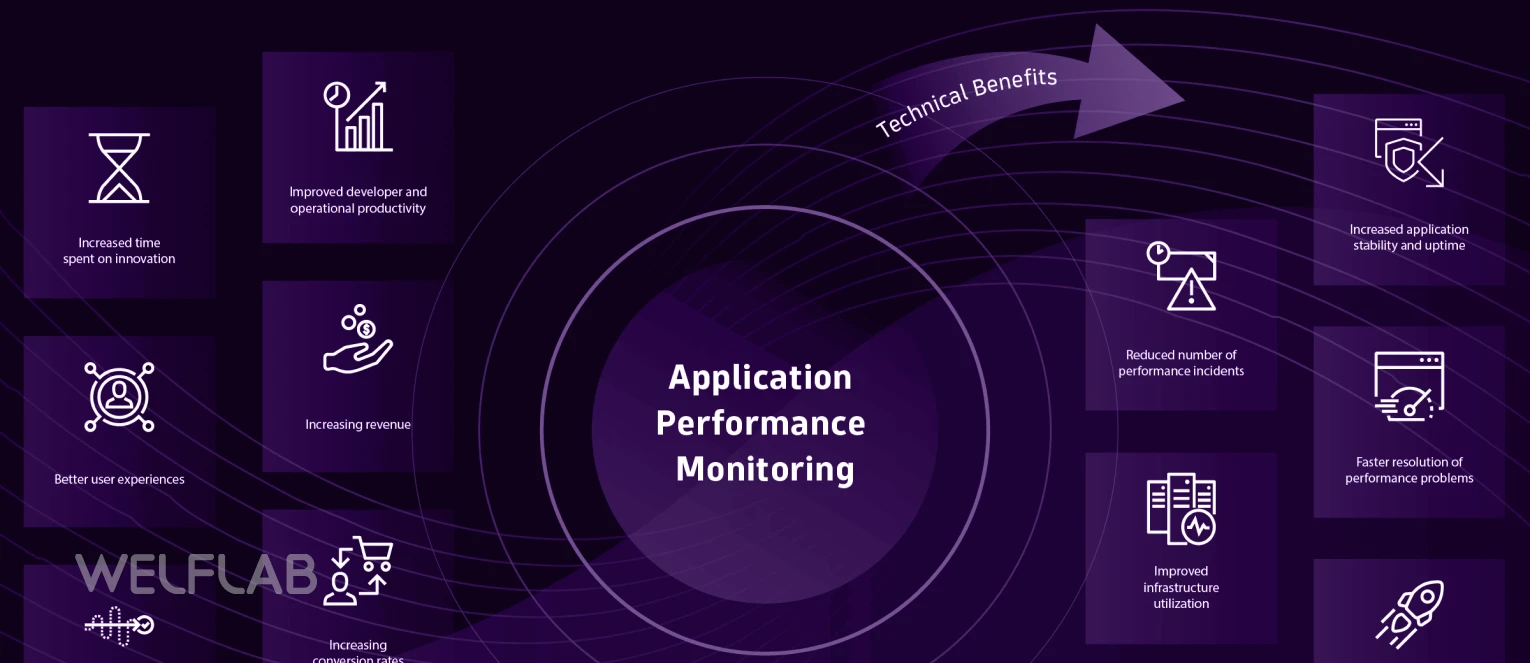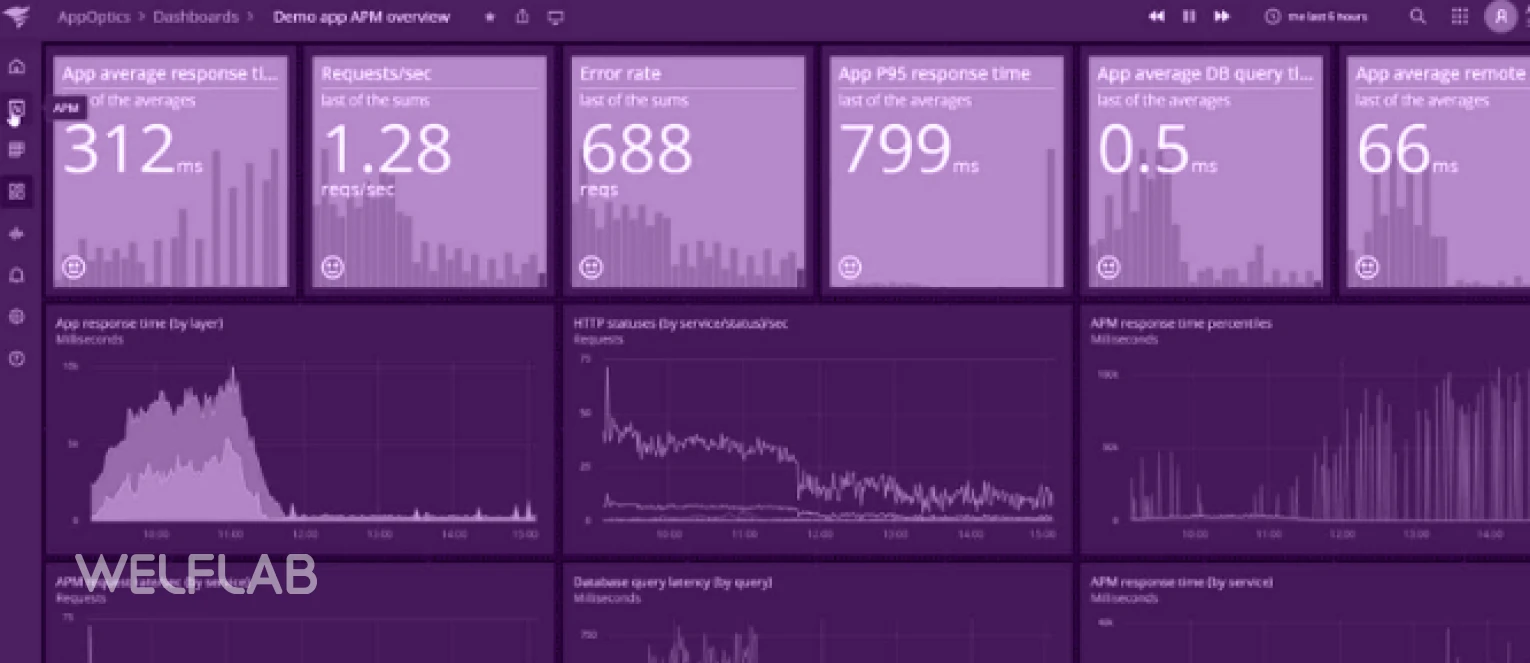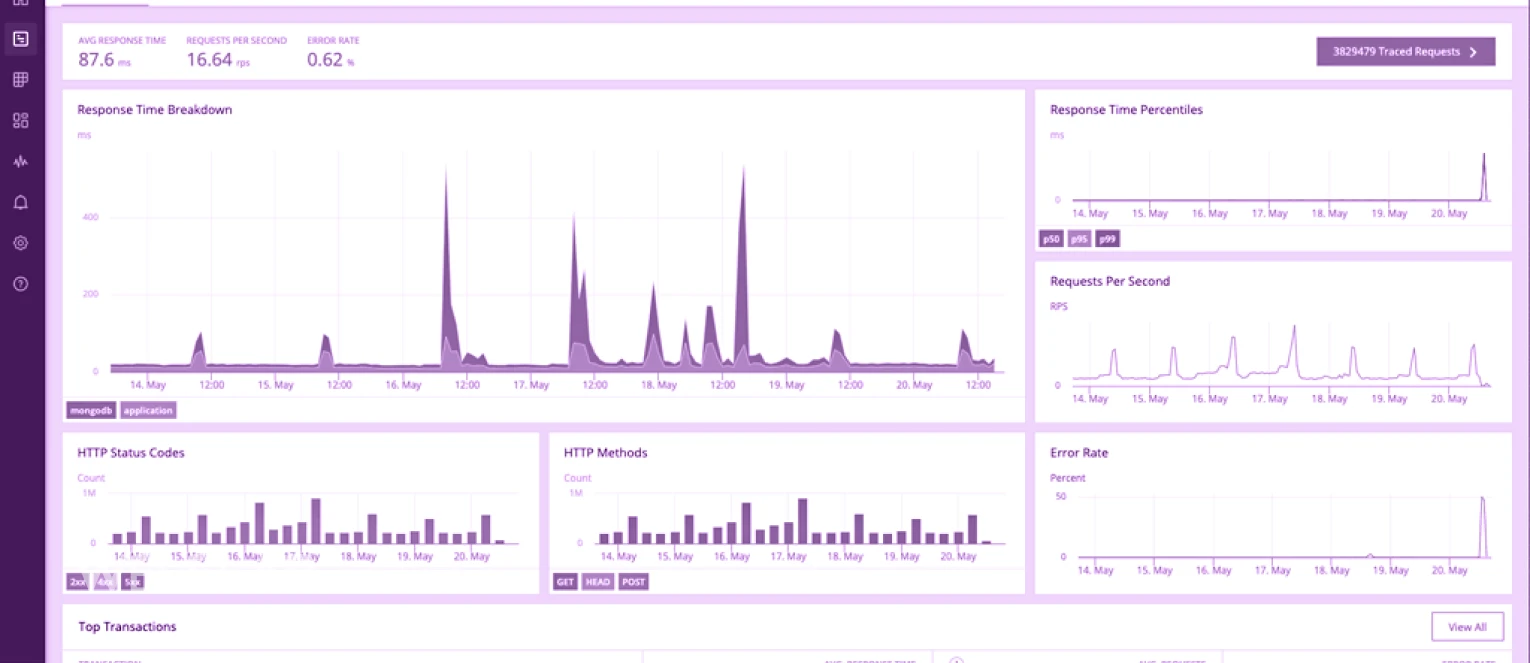Programs are critical in promoting corporate growth and improving consumer experiences in current digital landscape. However, merely creating and deploying applications will not guarantee their success. To effectively maximizing the potential of your applications, you must first assess their performance and then make data driven decisions. Application performance monitoring (APM) software can help with this.
APM software enables enterprises to discover bottlenecks, manage resources allocation, and create smooth user experiences by providing real-time visibility into application performance. In this post, we’ll look at how to maximize to potential of your apps through good APM implementation.
Understanding Apm Software: The Key To Effective Application Performance Management
To effectively manage the performance of your applications, it is crucial to have a comprehensive understanding of Application Performance Management (APM) software. APM software provides valuable insights into the behavior, availability, and overall performance of your applications. It enables you to monitor various metrics such as response time, resource utilization, and error rates. By analyzing these metrics, you can identify bottlenecks and optimize your applications for maximum efficiency.
Furthermore, APM software offers real-time monitoring capabilities that allow you to proactively detect and resolve issues before they impact end-users.

Leveraging Performance Monitoring And Real-Time Dashboards For Enhanced Application Optimization
Leveraging performance monitoring and real-time dashboards is crucial for enhanced application optimization. APM software provides a comprehensive solution by continuously monitoring the performance metrics of your applications in real-time. By tracking key indicators such as response time, CPU usage, memory utilization, and network latency, you can identify bottlenecks and areas for improvement. Real-time dashboards offer visual representations of these metrics, enabling quick and informed decision-making.
With this data-driven approach, organizations can proactively identify performance issues, optimize resource allocation, improve user experience, and ultimately maximize the potential of their applications.
Uncovering Bottlenecks And Troubleshooting With Root Cause Analysis And Diagnostics
Uncovering bottlenecks and troubleshooting with root cause analysis and diagnostics is a crucial aspect of maximizing the potential of your applications through APM software. By analyzing performance metrics, APM tools can identify bottlenecks that hinder application efficiency. These tools provide in-depth diagnostics to pinpoint the root causes of these bottlenecks, allowing for prompt resolution. With comprehensive monitoring capabilities, APM software enables businesses to proactively detect and address issues before they impact end-users.
By leveraging this technology, organizations can optimize application performance, enhance user experience, and ultimately maximize the value delivered by their applications.
Ensuring Scalability And Meeting Sla Compliance With Cloud-Native Applications And Capacity Planning
Ensuring scalability and meeting SLA compliance with cloud-native applications and capacity planning is crucial for maximizing the potential of your applications. APM software plays a vital role in this process by providing real-time monitoring, analysis, and optimization capabilities. With cloud-native applications, it becomes necessary to scale resources dynamically to meet fluctuating demands. APM tools enable businesses to identify performance bottlenecks, optimize resource allocation, and ensure that service level agreements (SLAs) are met consistently.
Capacity planning further enhances scalability by accurately forecasting future resource requirements based on historical data and anticipated growth patterns.
Achieving End-To-End Visibility And Incident Management Through Data Visualization And Infrastructure Monitoring
Achieving end-to-end visibility and incident management through data visualization and infrastructure monitoring is crucial for maximizing the potential of your applications. APM software plays a vital role in providing real-time insights into the performance and health of your application ecosystem. By visualizing data, you can easily identify bottlenecks, latency issues, or system failures. With comprehensive infrastructure monitoring, you gain a holistic view of your entire application stack, enabling proactive identification and resolution of potential incidents before they impact end-users. This allows for efficient incident management, reducing downtime and ensuring optimal user experience.
The Role Of Apm Software In Enhancing User Experience And Application Performance
APM software plays a crucial role in enhancing user experience and application performance. By monitoring and analyzing the entire application stack, it provides valuable insights into the performance bottlenecks, latency issues, and errors that can impact user satisfaction. With real-time visibility into application behavior, APM software enables proactive identification and resolution of performance problems before they affect end-users. It helps optimize resource allocation, fine-tune configurations, and streamline workflows for optimal application performance.
Additionally, APM software offers comprehensive analytics and reporting capabilities to track key metrics such as response time, throughput, and error rates, empowering organizations to continuously improve their applications’ user experience.
Code-Level Insights And Configuration Management: Fine-Tuning Applications With Apm Software
Code-level insights and configuration management are crucial aspects of maximizing the potential of your applications with APM software. By utilizing code-level insights, you gain a deep understanding of how your application is performing at the granular level. This allows you to identify bottlenecks, optimize code, and improve overall performance. Additionally, configuration management capabilities enable you to fine-tune your application’s settings and parameters to ensure optimal functionality.
APM software provides the necessary tools and analytics to measure and track these aspects, empowering you to make informed decisions that result in highly efficient and reliable applications.
Capacity Planning And Sla Compliance: Meeting Business Demands With Effective Application Management
Capacity planning and SLA compliance are crucial aspects of effective application management. Capacity planning involves analyzing the current and future resource requirements of an application to ensure it can handle anticipated workload demands. By accurately forecasting resource needs, organizations can avoid performance bottlenecks and optimize their applications for maximum efficiency. Moreover, SLA compliance ensures that business demands are met by monitoring and maintaining agreed-upon service levels.
APM software plays a vital role in capacity planning and SLA compliance by providing real-time insights into application performance, enabling proactive monitoring, and facilitating efficient resource allocation to meet business needs.




